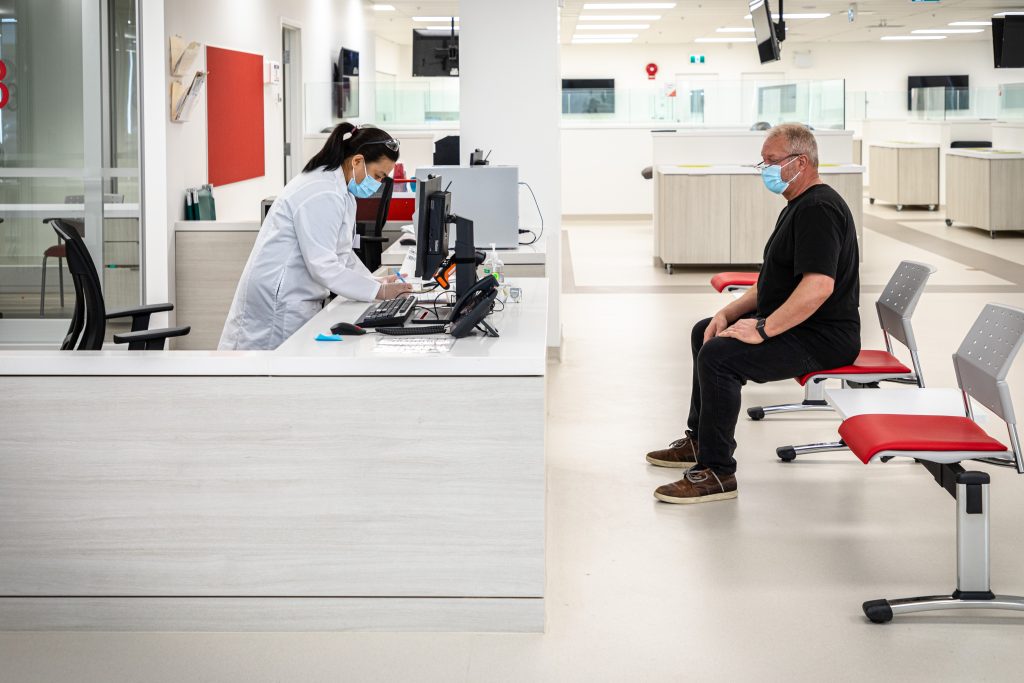Blog
February 28, 2023
Blood plasma can be used to treat over 80 autoimmune disorders and immunodeficiencies. While these diseases are considered rare, most of them are genetic and chronic – meaning that those who have these conditions will have to manage them for life.
How Plasma is Used to Treat Autoimmune Patients?
Donated source plasma is turned into plasma protein therapies, which are used to help boost the immunity of autoimmune patients. Plasma’s immune boosting properties can be harnessed in the form of regular injections and infusions that autoimmune patients will require for life.
Plasma’s Support for Immune Deficient Patients
How does blood plasma help to support the health and wellbeing of immune deficient and bleeding disorder patients? It comes down to its core qualities: blood plasma supports immune function, blood pressure, clotting and volume. The proteins contained in plasma help to ensure that a patient doesn’t bleed excessively and dangerously, by supporting blood clotting (known as coagulation).
Plasma also contains albumin, which helps patients to maintain healthy blood pressure and volume by stopping fluid from leaking into other areas of the body.
The Immune Disorders that Plasma is Used to Treat:
Some of the diseases that plasma is used to treat include:
Guillain-Barré syndrome
Lambert-Eaton syndrome
Primary Immunodeficiency Disease
Kawasaki Disease
And more!
Types of Plasma Treatments:
There are a few key categories of plasma therapies that are made from donated source plasma, including Alpha-1 Proteinase Inhibitor Therapies, Intravenous Immunoglobulin (IVIg) Therapies and Coagulation Factor therapies. To learn more about the various kinds of plasma therapies, check out our blog!
How You Can Help:
Donating source plasma is the only way to ensure that patients in need have access to the plasma treatments that they require. There is no man-made substitute for plasma, and with the current plasma supply shortage, patients rely on plasma donors now more than ever. Book your plasma donation appointment today!










